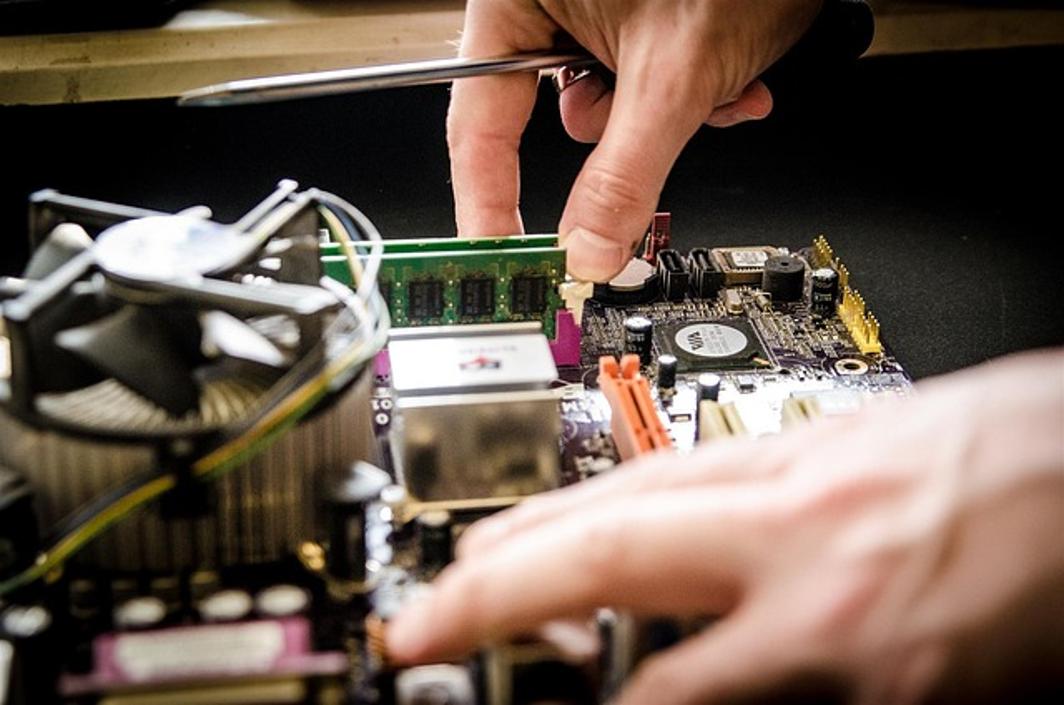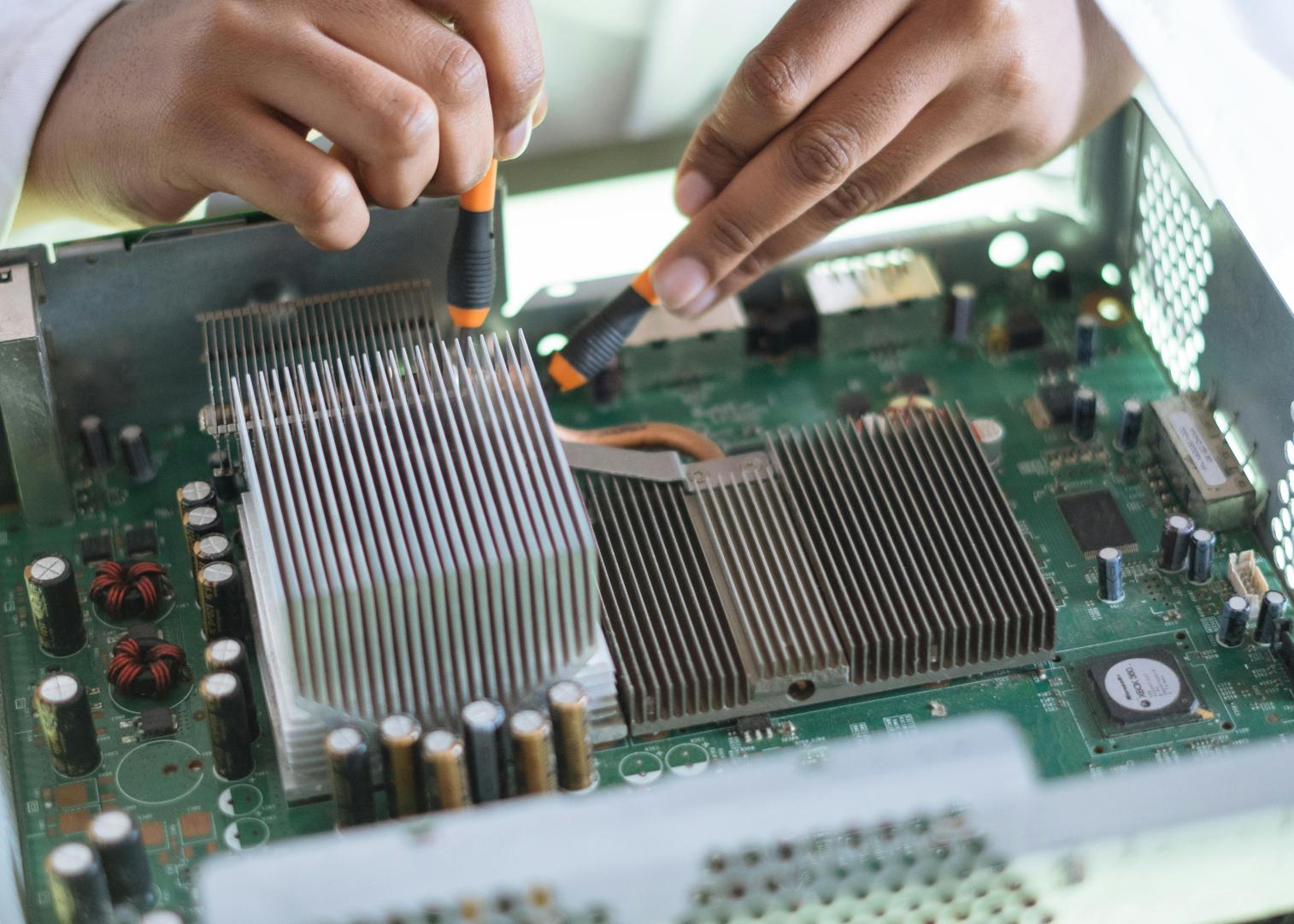Affordable Computer Repair: Strategies to Save Money and Time
Introduction
Facing computer issues can be frustrating, often leading to concerns about lost time and money. By understanding different repair tactics, you can address problems efficiently and affordably. Whether you're tackling minor fixes yourself or turning to professionals for complex issues, knowledge plays a crucial role in navigating the repair process without breaking the bank.

Understanding Computer Repair Costs
Before diving into repairs, it's essential to understand what influences the cost. Typically, costs vary based on the type and complexity of the problem. Software issues may be relatively economical to fix, while hardware malfunctions, especially those involving crucial components like the motherboard or hard drive, can be costly. Additionally, labor charges vary greatly depending on whether you choose a local technician or a larger national service chain. Being aware of these factors can help you make informed decisions and seek the best possible deals.
DIY Computer Repair Tips
While professional help is necessary for more complex problems, several simple repairs can be performed on your own.
Simple Diagnostic Procedures
- Check Connections: Ensure all cables and peripherals are securely connected.
- Power Cycle: Restart your computer to resolve minor glitches.
- Check for Error Messages: Look at any error codes or messages to identify specific issues.
Common Software Fixes
- Virus Scan: Use antivirus software to check for malware.
- Update Software: Ensure all your programs and drivers are up-to-date.
- System Restore: Revert your operating system to a previous, stable state.
Basic Hardware Repairs
- RAM Replacement: Swap faulty RAM modules with new ones to fix performance issues.
- Hard Drive Replacement: Install a new hard drive if the old one fails.
- Cooling Fan Cleaning: Remove dust from fans to prevent overheating.

When to Call a Professional
While DIY repairs can be cost-effective, some situations call for professional expertise.
Indicators of Complex Problems
- Frequent Crashes: Persistent blue screen errors or random shutdowns.
- Unusual Noises: Clicking or grinding sounds from the hardware.
- Connectivity Issues: Persistent problems with internet or peripheral connections.
Criteria for Choosing a Repair Technician
- Experience: Look for technicians with extensive experience and good reviews.
- Certifications: Check for industry-standard certifications.
- Warranties: Ensure they offer warranties for their services.
Cost Analysis of Professional Services
Professional services can seem expensive but offer several benefits. Experts provide warranties and guarantees, ensuring long-term solutions. They also have access to specialized tools and replacement parts that you might not have. Weighing these benefits against the cost will help you decide whether professional repair is the right choice.
Cost-Effective Professional Repair Options
Knowing where to go for professional repairs can save both time and money.
Evaluating Local vs. National Repair Services
Local technicians can offer more personalized services and flexible rates. In contrast, national chains often provide standardized pricing and more robust warranties. Compare reviews, prices, and service offerings before making a decision.
Exploring Warranties and Guarantees
Always check if your computer is still under warranty. Manufacturer’s warranties often cover specific types of repairs, potentially saving you a significant amount. Additionally, some repair services provide their own guarantees, giving you peace of mind and further reducing follow-up costs.
Utilizing Discounts and Promotions
- Online Coupons: Check for available coupons or discount codes.
- Membership Discounts: Some services offer discounts for students, seniors, or military personnel.
- Seasonal Promotions: Look out for sales during holidays or special events.
Preventive Maintenance to Reduce Repair Costs
Regular maintenance can significantly reduce the frequency and cost of repairs.
Regular System Updates
Always keep your operating system and software updated to protect against vulnerabilities and improve performance.
Using Reliable Antivirus Software
A reputable antivirus program protects your computer from malware, reducing the likelihood of damage that requires repair.
Cleaning and Proper Handling
- Regular Cleaning: Dust off the components regularly to prevent overheating.
- Proper Handling: Avoid dropping or mishandling your computer.
Conclusion
Maintaining and repairing a computer doesn’t have to be costly or time-consuming. By using DIY techniques for minor issues and seeking cost-effective professional help for more complex problems, you can ensure your computer stays in optimal condition without draining your wallet.
Frequently Asked Questions
What are some signs that I need professional repair services?
Signs include frequent crashes, unusual noises, and connectivity issues, indicating problems that DIY methods may not resolve.
How can I find trustworthy and affordable repair services?
Look for experienced and certified technicians, check reviews, and compare the warranties and services offered by local vs. national providers.
Are DIY computer repairs safe and effective?
DIY repairs are safe and effective for minor issues like software fixes and simple hardware replacements. For complex problems, professional assistance is advisable.



